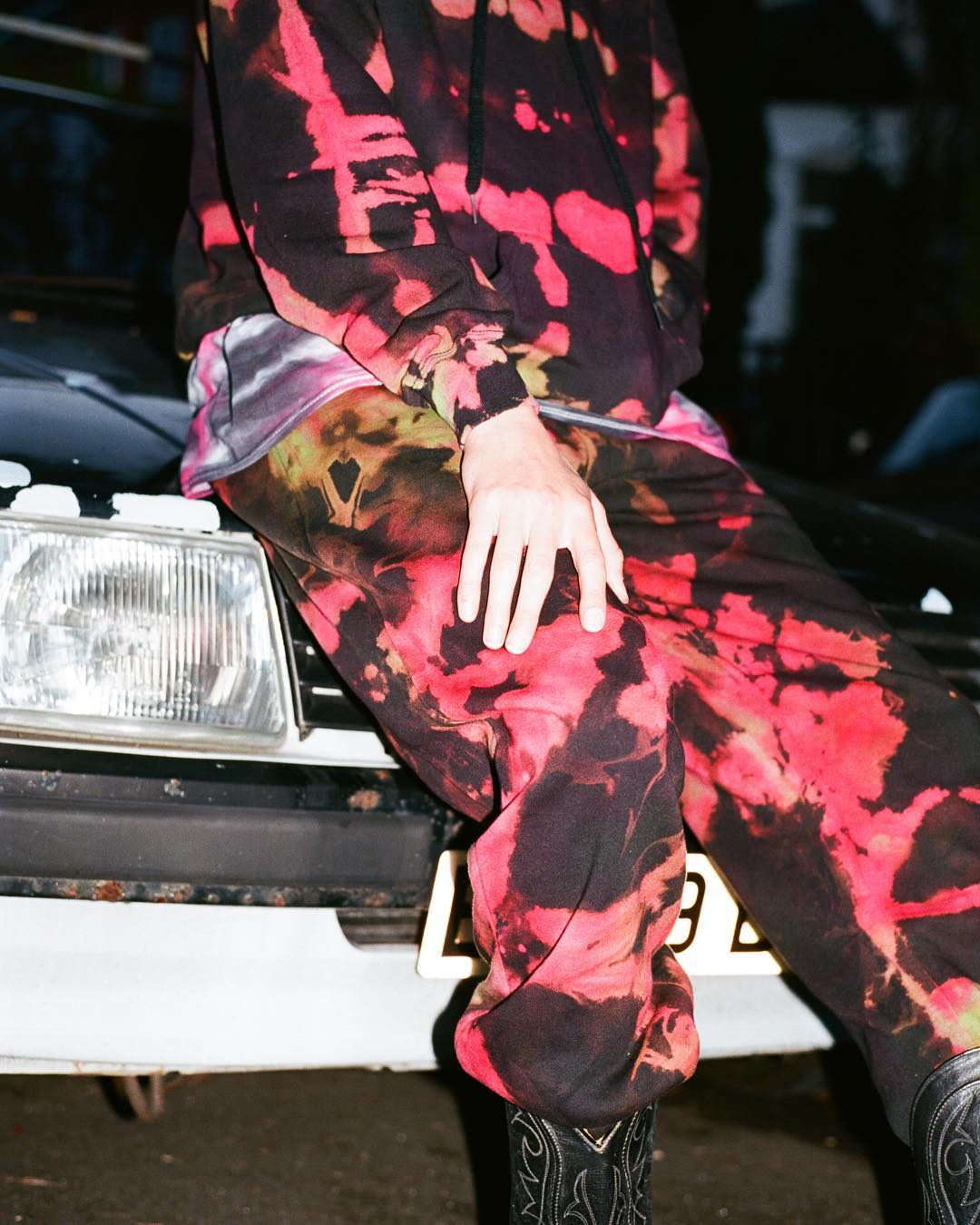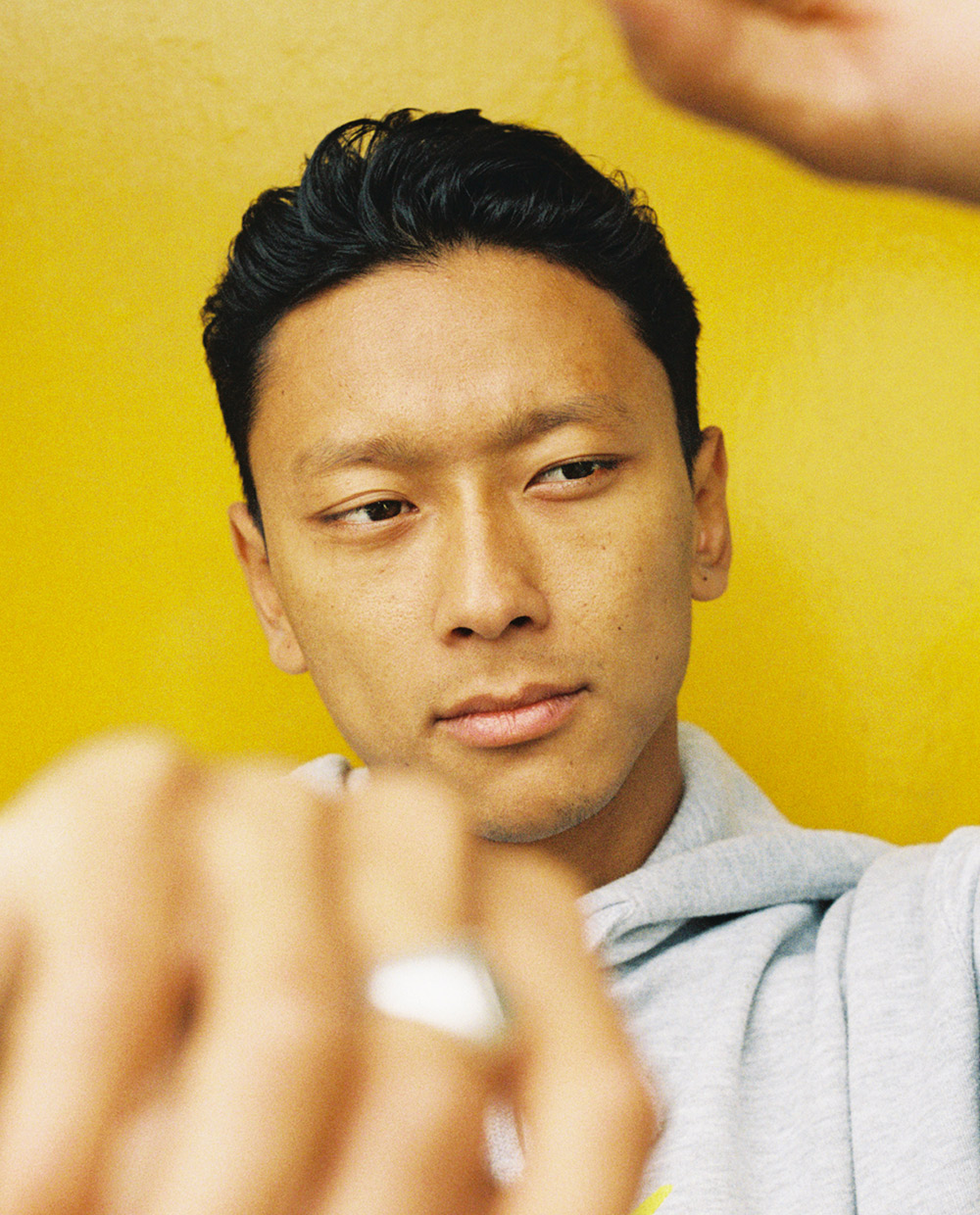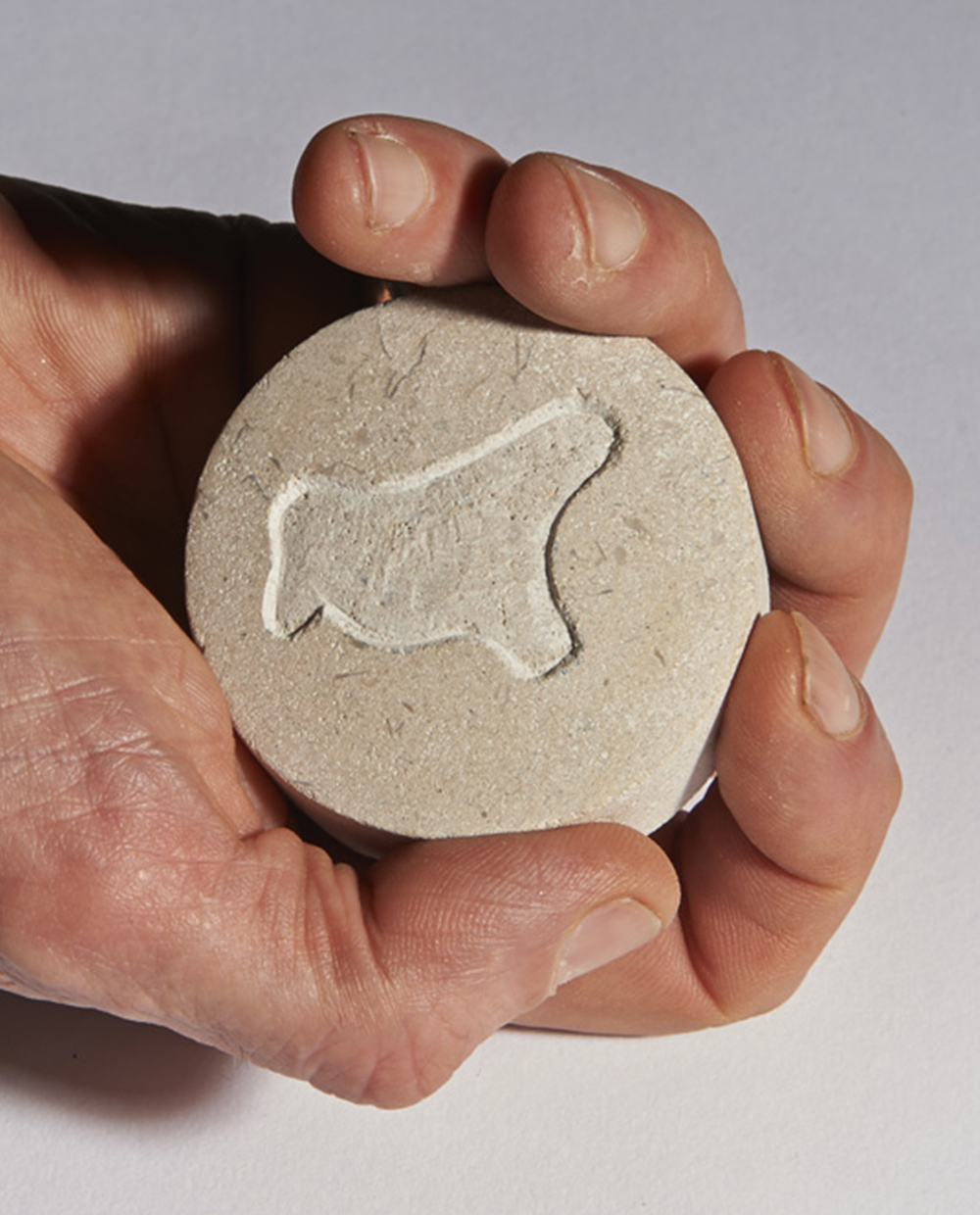A Gap In The Market
James’ love of tie-dye dates back to long before he started Stain Shade.“I chose tie-dye and hand-dying because I just really liked it and wanted to try the process for myself,” he says. It’s a story that goes to show that sometimes if you’ve noticed a gap in the market, other people will have too, and you might be the one who can fill it. “I looked around for ages for someone who was tie-dying in the UK for various other projects I was working on and couldn’t really find anyone,” he says. “This lead to me exploring the process and figuring out how it all works.”
Don’t Hesitate
The first concrete step towards building any clothing brand is to start making products. While it’s great to take your time developing your concept and working out exactly what you want to do, there’s no surer way of getting your brand off the ground than by making tangible pieces.
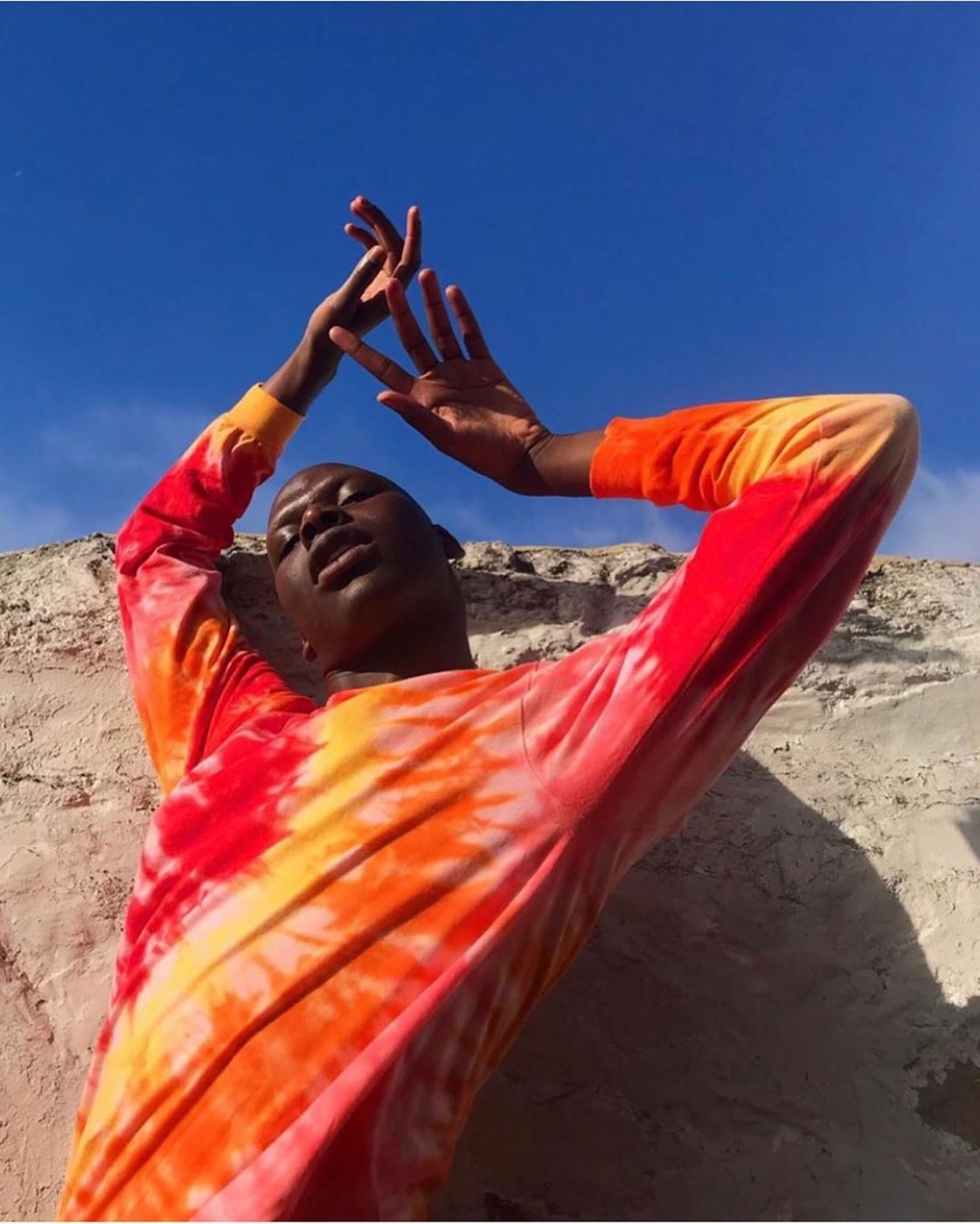
“Just start producing things,” James says. “You can think and talk about it as much as you like but until you have a product you can hold in your hands then it doesn’t exist.” And don’t be afraid of trial and error either. It’s a cliche, but we tend to learn more from our failures than our successes – even if a product doesn’t turn out how you like, or doesn’t get the reception you’d hoped for, this will just give you a better indication of what you need to be doing.
Until you have product you can hold in your hands then it doesn’t exist
Perfect Your Process
A big part of what makes Stain Shade so unique is James’ commitment to quality. When he talked us through how he makes his tees, his total dedication to making garments he was proud of really stood out. “Everything I do is by hand,” he explained. “I apply the dye to individual sections of the garment directly, this allows you to be a bit more precise and kind of guarantee more uniformity across bigger orders.”

And he’s all about making pieces that will stand the test of more than a few washes too. “The type of dye I use reacts to the individual fibres meaning the colour is very long-lasting and this combined with some treatments I use makes sure the items don’t fade once dyed.” This attention to detail is what can really separate your brand from the rest; people can tell when you’re providing a product that’s a cut above.
You Never Know What Things Can Lead To…
Stain Shade started pretty organically. James had been pursuing his interest in tie-dye for a while, making bits and pieces for himself when a friend, “who’s the top dog at LN-CC, asked if I could do some stuff for the shop,” he says. It was the start he needed, with his early LN-CC pieces eventually becoming Stain Shade, the brand. James’ origin story is a lesson for us in how any opportunity can end up being a catalyst, and a step to something bigger. As he put it, “I’m sure the brand would have happened eventually but this certainly sped things up.”
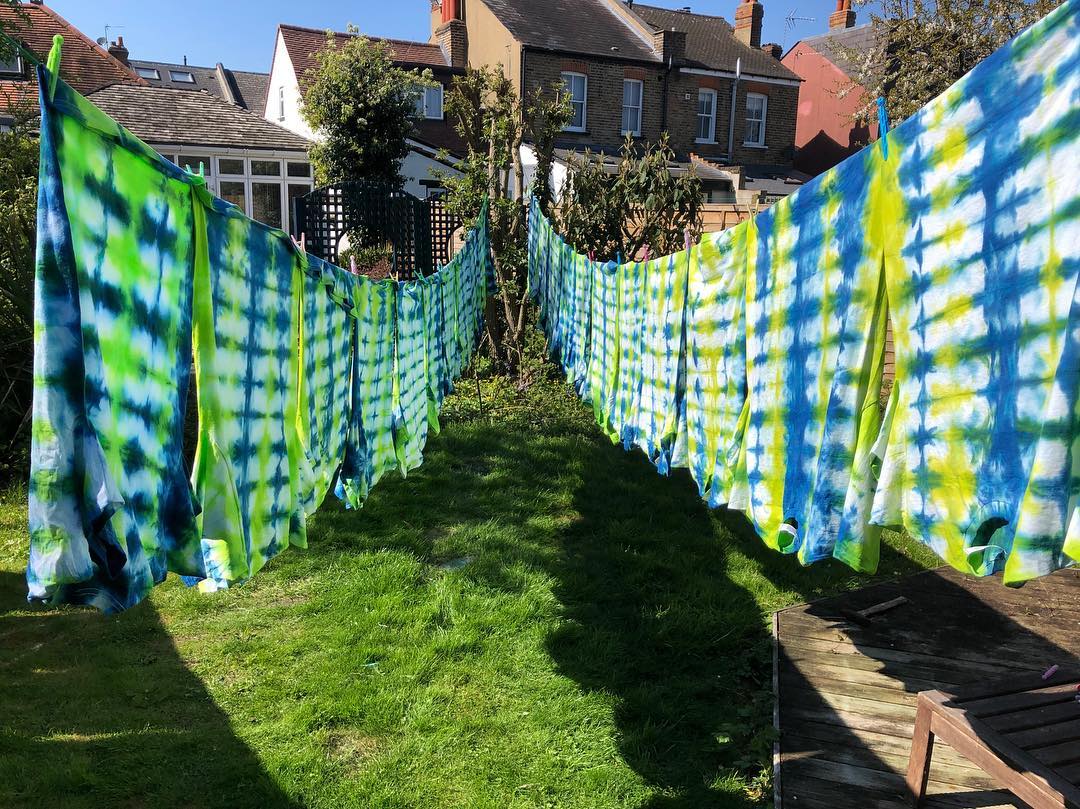
… But Don’t Just Wait For Opportunities To Come To You
Being proactive in chasing down new opportunities is one of the cornerstones to building a brand. Often getting started is just a matter of getting your ideas in front of people. “We operate within a saturated marketplace and there is always someone who will work harder than you so you can’t miss any chances,” says James. Key to this is not being afraid of rejection, even if someone can’t work with you right now, that doesn’t mean they don’t like your work and won’t want to in the future, “Knock on doors! Just go and ask people, worst that can happen is they don’t email back or they do and say no thank you,” he agrees. “If you don’t ask you don’t get!”
Knock on doors! Just go and ask people
It’s Not All About How Many Followers You Have
When it comes to social media, it’s easy to get caught up in how many followers you have: more followers equals more sales, right? Well, while there’s no denying the importance of your social channels (we are in the age of Instagram after all) numbers are by no means the be-all and end-all when it comes to getting your brand off the ground. James takes a quantity over quality approach, “Don’t get obsessed by social media following,” he told us. “I only have a few followers but they are all good people. I’d rather have 10 followers who are going to buy something than 1000 who just like my picture.”

Don’t Be Afraid of Collaboration
Sometimes bringing other people on board can be a bit of a challenge initially, as James outlined for us, “I find it tricky when people don’t have an understanding of the process and are asking for the impossible. Sometimes it’s also a struggle on pricing as if you were to get something commercially dyed it would be much cheaper but you wouldn’t get the same effect and skill.” But ironing out kinks at the start tends to pay off in the long run, “That being said once I sort of break it down for people they generally get it and they love the work that goes into it all.”
For more insights on building a brand around a love of T-shirts, check out our interview with Teejerker’s Matt Sloane.



